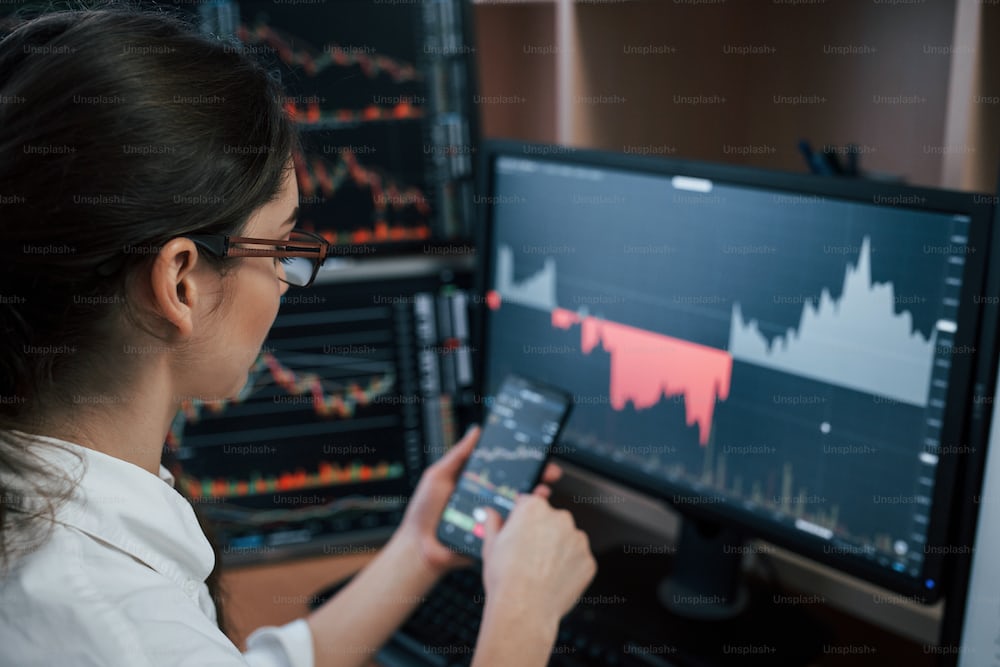COURSE DESCRIPTION
Technical analysis is a methodology used in stock markets to forecast the future direction of prices and make trading opinions based on past price patterns and statistical indicators. It is universally employed by traders and investors to analyze various instruments such as stocks, currencies, commodities, and indices.
The primary assumption of technical analysis is that market prices reflect all available information, and by analyzing past price data, one can identify trends, support and resistance levels, and potential reversal points in the market. Technical analysts believe that market trends to repeat themselves due to human behavior and the collective psychology of market participants.
Key principles of technical analysis include:
1. Price Action: Technical analysts focus on studying price patterns and chart formations to identify potential trading opportunities. They accept that historical price patterns can provide insight into future price movements.
2. Trend Analysis: Trends are an essential aspect of technical analysis. Traders aim to identify the direction of the market by analyzing price movements over different timeframes. Trends can be classified as uptrends (higher highs and higher lows), downtrends (lower highs and lower lows), or sideways trends (range-bound).
3. Support and Resistance: Support levels are price levels where buying pressure is expected to outweigh selling pressure, causing the price to bounce higher. Resistance levels, on the other hand, are price levels where selling pressure is expected to outweigh buying pressure, leading to a potential price reversal. These levels are determined based on previous price reactions.
4. Technical Indicators: Technical analysts use various mathematical calculations and statistical tools known as indicators to gain additional insight into market trends and momentum. Examples of popular indicators include moving averages, relative strength index (RSI), moving average convergence divergence (MACD), and Bollinger Bands.
Some Important Indicator:MACD, ADX, Parabolic SAR,, Moving Averag, Exponential Moving Average, Super Trend, Relative Strength Index (RSI), Stochastic,Commodity Channel Index, Chande momentum oscillator, Rate of Change (ROC), Vortex, ATR (Average True Range), Bollinger Band, VIX, Envelope indicator, Volatility channel indicator, Chaikin volatility indicator, MFI (Money Flow Index), Fibonachci, Pivot Number, VWAP, Chaikin Money Flow, On Balance Volume, Demand Index, Elder force Index, CPR
5. Chart Patterns: Technical analysis also involves the identification of chart patterns, which are specific formations that can signal potential trend reversals or continuations. Examples of chart patterns include head and shoulders, double tops, double bottoms, and triangles.
6. Some Important Candlesticks: Bearish Engulfing Bar, Bullish Engulfing Bar, Dragonfly Doji, Gravestone Doji, Long Legged Doji, Marubozu, Morning Star, Evening Star, Hammer, Inverted Hammer, Shooting Star, Bullish Harami, Bearish Harami, Tweezers Top, Tweezers Bottom, Hanging Man, Dark-Cloud Cover, Piercing Pattern, Belt-Hold Lines, Upside- Gap Two Crows, Three White Sholdiers, Three Black Crows, Counterattack Line, Separting Lines, Tri-Star, Three Inside UP, Three Inside Down, Kicker Signal, Spining Top.
7. Traders and investors who utilize technical analysis incorporate these principles into their trading strategies. They aim to identify favorable entry and exit points, manage risk through the use of stop-loss orders, and employ money management techniques to preserve capital.
Overall, technical analysis is a widely used approach to analyze financial markets, providing traders and investors with a framework to make informed decisions based on historical price patterns and indicators.
Course Features
- Lectures 0
- Quizzes 0
- Duration 1 Month
- Skill level All levels
- Language English
- Students 986
- Certificate Yes
- Assessments Yes
Target audiences
- Stock Market Trader
- Stock Market Investor
- Speculator
- Graduate & Post Graduate
- House wife
- Retired people
- Stock Broker
- Mutual Funds Houses
- Banks Employee
- Trainer

